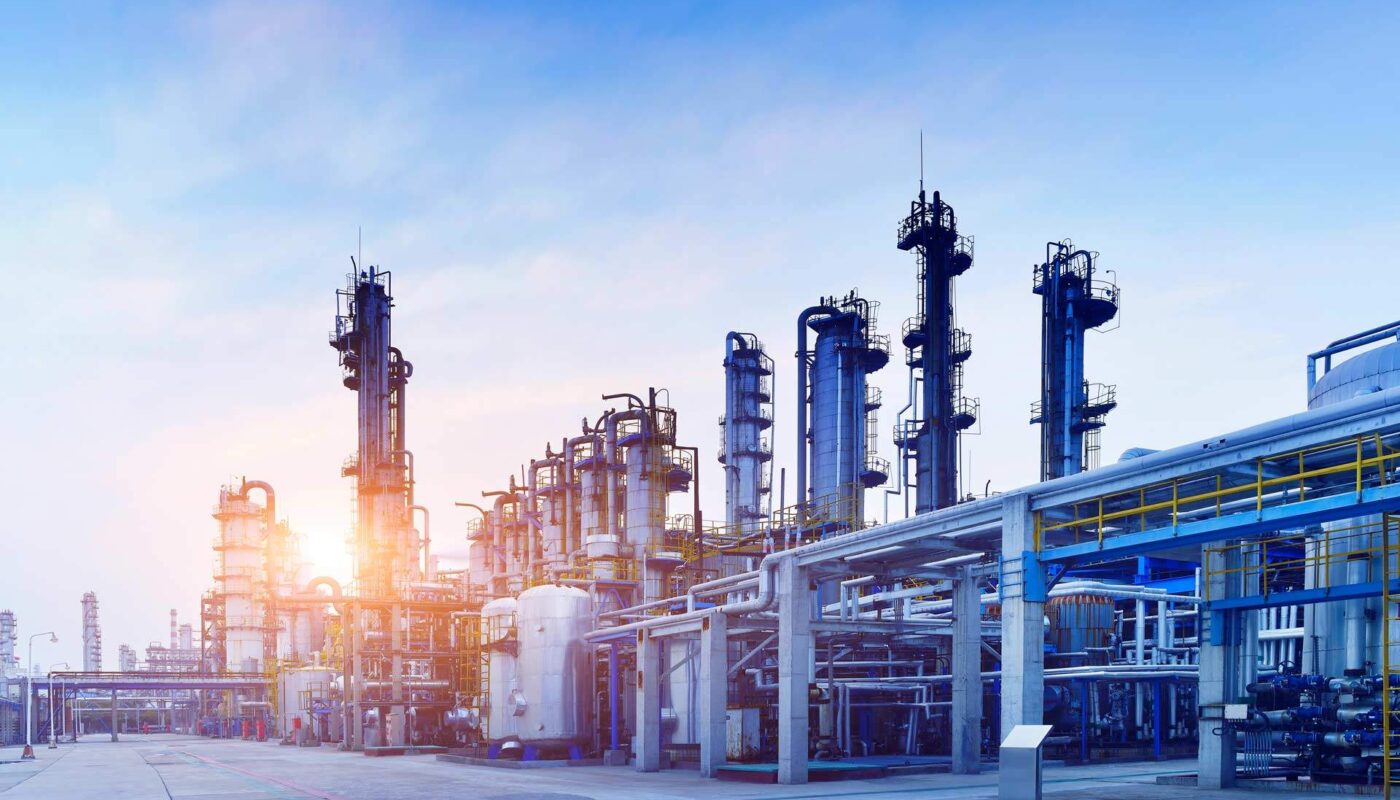The chlor-alkali industry plays a crucial role in India’s chemical sector by catering to growing demand for chlorinated products. However, the industry is facing challenges that must be addressed to realize its full potential. This article explores opportunities and challenges in the chlor-alkali sector and recommends policy measures to promote sustainable growth.
Overview of the Chlor-Alkali Industry
The chlor-alkali industry produces chlorine, caustic soda (sodium hydroxide) and hydrogen through electrolysis of brine or salt water. India has over 4.5 million tonnes of installed chlor-alkali capacity and is among the top five producers globally. However, per capita consumption of chlorine and caustic soda is still quite low in India compared to other countries. The industry caters mainly to sectors such as textiles, pharmaceuticals, soap and detergents, plastic, pulp and paper etc. However, aging plants and infrastructure coupled with policy constraints have hampered growth in recent years.
Challenges Facing the Industry
Outdated Technology: Majority of Chlor-Alkali plants in India still use the mercury cell process which is hazardous and energy intensive. Only a few plants have shifted to environment friendly membrane cell technology. Retrofitting aging plants require huge capital investments.
Infrastructure Issues: Lack of proper port facilities increases transportation costs of raw materials like salt. Dedicated pipelines and jetties need to be developed to improve logistics efficiency.
Policy Bottlenecks: Ambiguous power tariff policies create uncertainty over energy costs for projects. Stricter green norms have hastened shift to environment friendly technologies but policy support is lacking.
Stiff Competition: Domestic industry faces stiff competition from cheaper imports especially from China and Middle East. Survival of domestic industry is threatened due to this unfair competition.
Opportunities for Future Growth
Rising Demand: With increasing government focus on infrastructure, water management, textiles and plastic waste recycling, demand for chlorine and its downstream products is projected to grow at 6-8% annually in coming years.
Higher Per Capita Consumption: Though increasing, India’s per capita chlorine consumption is around 2 kg against global average of 4 kg. As standard of living rises, consumption of packaged foods, personal care products will drive higher utilization.
Shift to Membrane Cell Technology: Government incentives can promote $2 billion investment required to shift 50% of capacity to green membrane cell plants over next 5 years. This will reduce energy usage and carbon footprint.
Export Potential: With most plants centralized on west coast, India can leverage its location to tap export markets in Middle East and Africa if infrastructure and quality standards are upgraded.
Recommendations for Policymakers
Provide Viable Energy Tariffs: Long term stable power tariffs indexed to international coal prices will help operators plan projects better and be competitive.
Develop Infrastructure: Dedicated pipelines and terminals need to be developed to smoothen import of raw materials and export of products.
Promote Investments: Tax rebates, low interest loans and viability gap funding can attract $5-6 billion investment required over 10 years to modernize plants and capacity addition.
Stricter Import Norms: Tough quality and environmental standards on chlorine imports will curb unfair competition and protect domestic industry.
Skilling Programs: Short term skilling programs can address shortage of technically qualified workforce required for operating and maintaining new plants.
The Indian chlor-alkali industry can achieve scale and efficiencies comparable to global players. But it needs a long term policy framework and infrastructure support to overcome current barriers and realize its true economic potential.
*Note:
1. Source: Coherent Market Insights, Public sources, Desk research
2. We have leveraged AI tools to mine information and compile it




